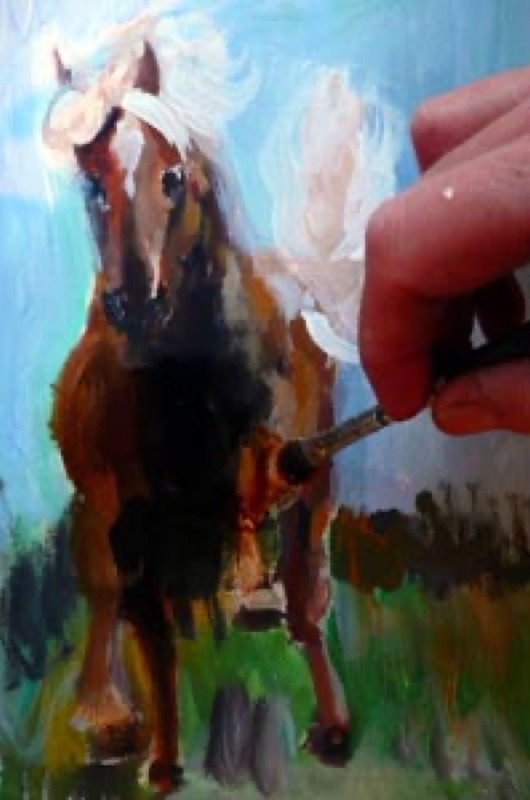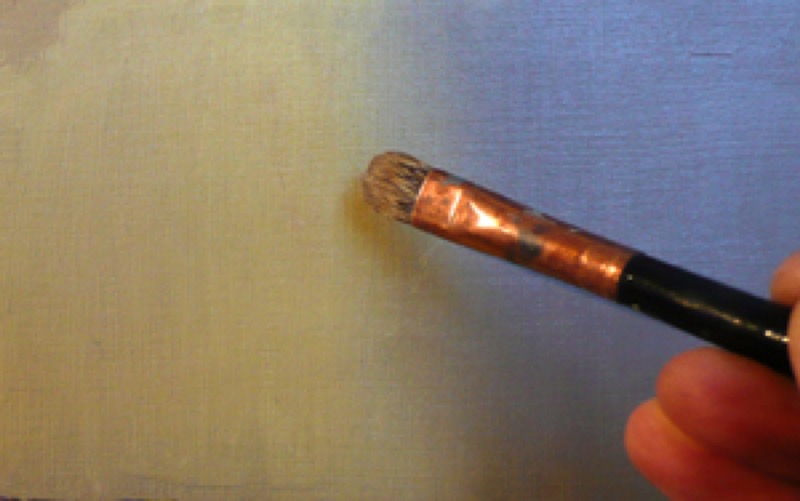What is glazing? Painting "thick on thin"? The alla prima technique? What effects do they produce? An overview of basic concepts to help you use them.
Memo: painting thick on thin, this is THE golden rule!
This is the basic rule of oil painting if you don't want to have your painting flake over time! It involves applying thicker and thicker paint, that is, richer in oil, with each coat. The first layers are done with a highly diluted medium; the final ones are used just as they come out of the tube.

1. Applying glazing
Glazing is a thin, transparent layer of color superimposed over a dry layer.
This technique, highly prized by painters, will be useful to you for livening up and brightening the underlying color. Glazing adds much brighter and deeper shades than if you mixed colors on your palette.
Practical advice: Preparing and applying a glaze
- Dilute the paint in a large amount of medium (a mixture of spirits of turpentine and linseed oil): to do this, pour some medium into a container, add a little color to it, just enough to color it while retaining its transparency. The added color can be a color blend.
- Allow each layer to dry before applying the next one.
- Increase the proportion of linseed oil for each new layer.
2. The "alla prima" technique
This is a fast painting method, which is done in a single session. It makes use of the wet on wet technique, allowing new layers of color to be applied over previous, still fresh ones.
It is difficult to master and requires training. Alla prima, useful for working outdoors or from a model, will allow you to produce spontaneity of gesture and capture the essential aspects of the subject, in the form of light and color snapshots. It adds freshness to colors and puts life into the texture.

3. Blending
This is a process that makes colors more alike, to avoid overly sharp contours.
A very useful technique for representing the gradations of a sky or the subtle interplay of shadows on a face. Your fingers are your best tools for creating a blend!
4. Creating impastos
These involve applying paint thick enough for it to retain the trace of the brush or palette knife. Paint is sometimes squeezed straight from the tube onto the canvas.
Impastos are difficult to master because they require confident strokes, but nonetheless create the most attractive effects in oil painting! This technique allows you to create almost sculptural reliefs, with heavy contours and veined patterns.
5. Scraping paints (sgraffito)
This method involves removing some of the paint by scraping the canvas (with the handle of a paintbrush, the tip of a knife, etc.) so the under layers of paint show through.
Paint scraping is very useful for touch ups, and is also a technique in its own right that produces some very attractive material effects.
Recommended product:
XL® Oil and Acrylic
